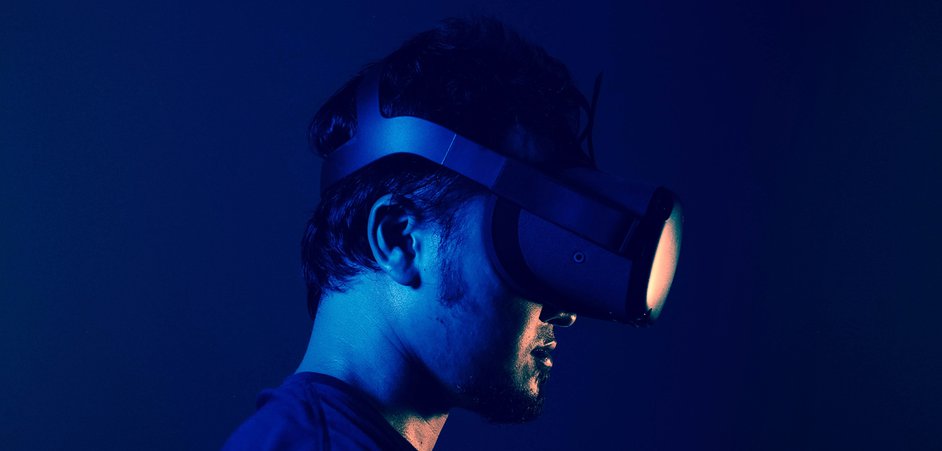
Written by Ahmed Moussa
In the rapidly advancing digital era, modern technology has become integral to our daily lives, transforming how we communicate, work, and navigate the world. From innovative gadgets to cutting-edge systems, this article delves into various examples of modern technology that have reshaped industries and revolutionised the way we live.
I. Communication Technology
Communication technology has witnessed remarkable advancements in this interconnected world, enabling us to connect with others effortlessly and efficiently. Examples include:
Smartphones: These pocket-sized devices have become ubiquitous, offering a wide range of features such as internet access, high-resolution cameras, and instant messaging apps, facilitating seamless communication and access to information.
Social Media Platforms: Platforms like Facebook, Instagram, and Twitter have revolutionised how we connect and share information with others worldwide. They enable us to stay connected, share updates, and engage in real-time conversations.
Video Conferencing: Technologies such as Zoom, Microsoft Teams, and Google Meet have become essential tools for remote collaboration, allowing businesses, teams, and individuals to conduct meetings, interviews, and webinars virtually, transcending geographical barriers.
II. Artificial Intelligence (AI) and Automation
AI and automation have revolutionised various industries by enhancing efficiency, productivity, and accuracy. Prominent examples include:
Machine Learning: AI-powered algorithms and machine learning techniques enable computers to learn from vast amounts of data, improving decision-making and automating complex tasks. Applications range from voice assistants like Siri and Alexa to personalised recommendations on streaming platforms.
Robotics: Advanced robotics technology has led to the development of autonomous machines that can perform tasks ranging from automated manufacturing to surgical procedures, increasing precision and reducing human error.
Self-Driving Cars: Autonomous vehicles equipped with advanced sensors, machine learning algorithms, and AI capabilities have the potential to revolutionise transportation by reducing accidents, congestion, and carbon emissions while enhancing mobility and accessibility.
III. Internet of Things (IoT)
The Internet of Things connects different everyday-use objects to the Internet, creating a network of devices that can communicate and interact. Notable examples include:
Smart Home Technology: IoT devices like smart thermostats, voice-controlled assistants, and home security systems allow homeowners to control different aspects of their homes remotely, providing convenience, energy efficiency, and enhanced security.
Wearable Technology: Devices like smartwatches and fitness trackers enable individuals to monitor their health, track fitness goals, and receive notifications on the go. They seamlessly integrate with smartphones and provide real-time data for analysis.
Smart Cities: The concept of smart cities leverages IoT technology to enhance urban living, improving services like transportation, energy management, and waste disposal. Connected sensors and systems enable efficient resource allocation and real-time data analysis.
IV. Renewable Energy Technology
Advancements in renewable energy technology have paved the way for sustainable alternatives to traditional energy sources. Examples include:
Solar Power: Solar panels harness sunlight to generate electricity, making it a clean and renewable form of energy. They are increasingly integrated into homes, commercial buildings, and large-scale solar farms.
Wind Power: Wind turbines convert wind energy into electricity, supplying power to communities and contributing to a greener energy mix. Wind farms are becoming more prevalent worldwide, harnessing the power of strong winds in suitable locations.
Energy Storage Solutions: Innovations in battery technology, such as lithium-ion batteries, have enabled efficient energy storage and utilisation. These batteries support renewable energy systems by storing excess energy for use during periods of high demand or when renewable sources are unavailable.
V. 3D Printing
3D printing technology has revolutionised manufacturing processes, allowing the creation of three-dimensional objects from digital designs. Key examples include:
Prototyping and Product Development: 3D printing enables rapid prototyping, reducing time and costs associated with traditional manufacturing methods. It allows designers and engineers to create physical models and test product iterations quickly and efficiently.
Customisation and Personalization: With 3D printing, products can be tailored to individual needs and preferences. From customised prosthetics and orthodontic devices to personalised fashion items and home decor, this technology offers unprecedented flexibility in manufacturing.
VI. Blockchain Technology
Blockchain technology provides a decentralised and secure method for recording and verifying transactions. Key examples include:
Cryptocurrencies: The most well-known blockchain application is cryptocurrencies like Bitcoin and Ethereum. Blockchain ensures secure and transparent transactions, eliminating the need for intermediaries such as banks.
Supply Chain Management: Blockchain technology offers enhanced traceability and transparency in supply chains. It enables tracking and verification of products at each stage, reducing fraud, ensuring authenticity, and promoting ethical sourcing.
Conclusion
Modern technology continues to evolve rapidly, presenting us with endless possibilities and transforming various aspects of our lives. From communication advancements to AI-driven automation, the examples outlined in this article illustrate how technology is shaping our world, bringing convenience, efficiency, and sustainability to the forefront. As we embrace these innovations, exploring their potential and ensuring their responsible and ethical use for a brighter future is crucial.
Digital,